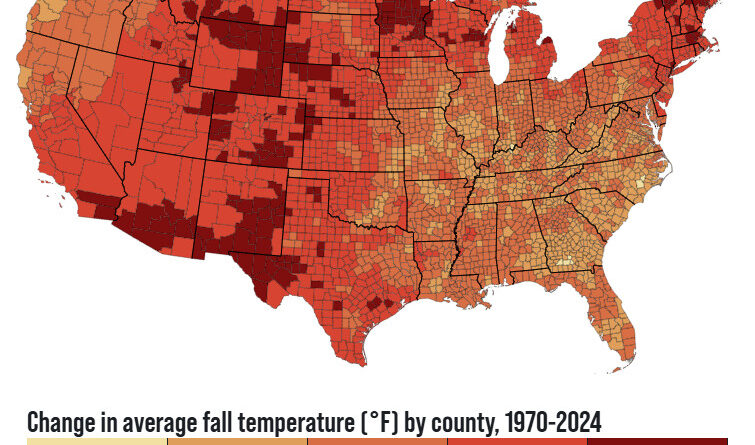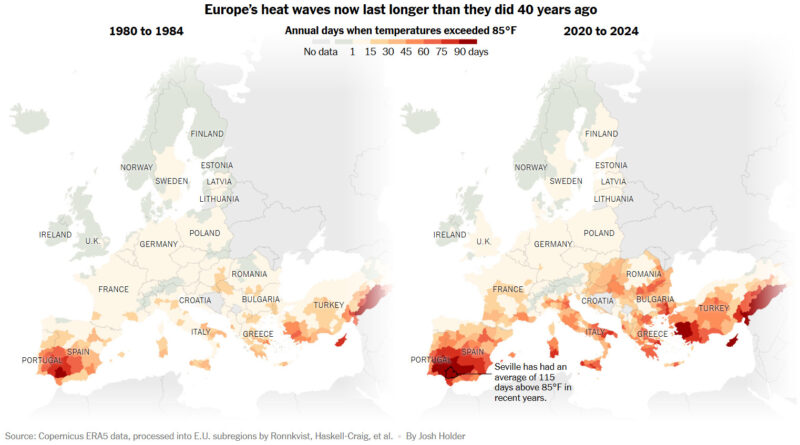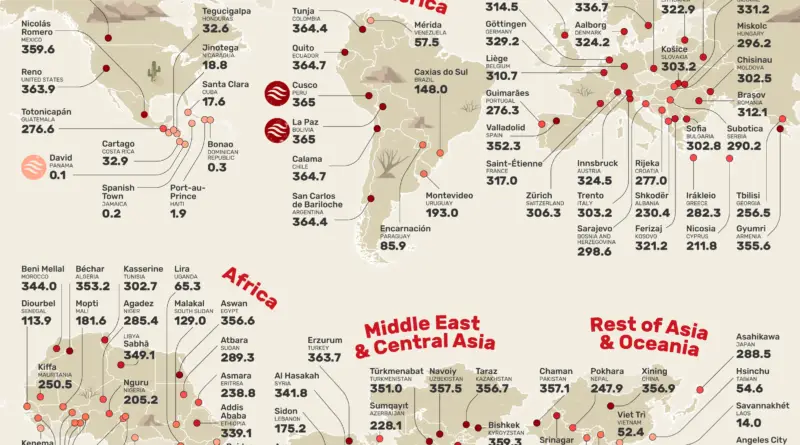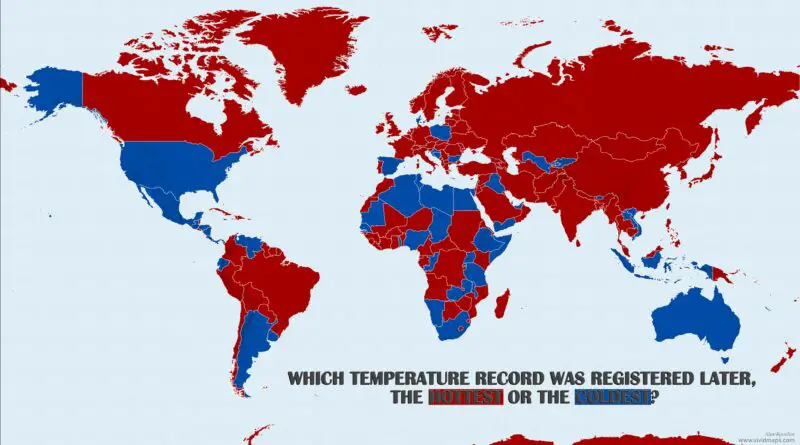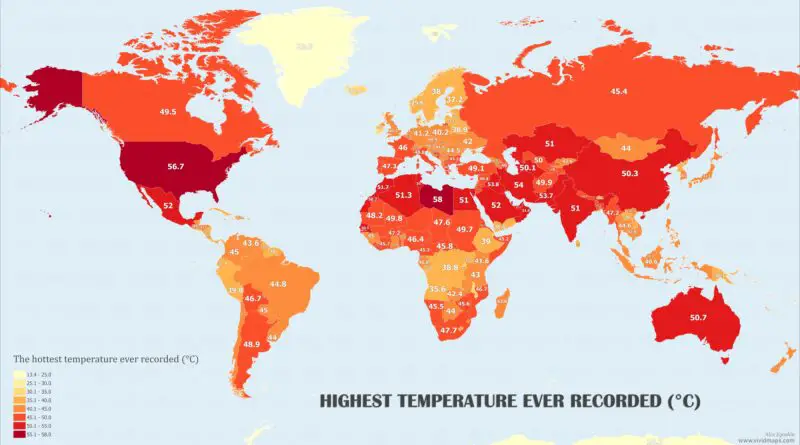Fall’s Getting Warmer Across the US
Remember when October actually felt cool? Those days are fading. New climate data reveals every US county now has warmer falls than in 1970. The Southwest saw the biggest jumps – Reno warmed by 7.7°F (4.3°C). Explore interactive maps to see exactly how much your area changed.
Read More
